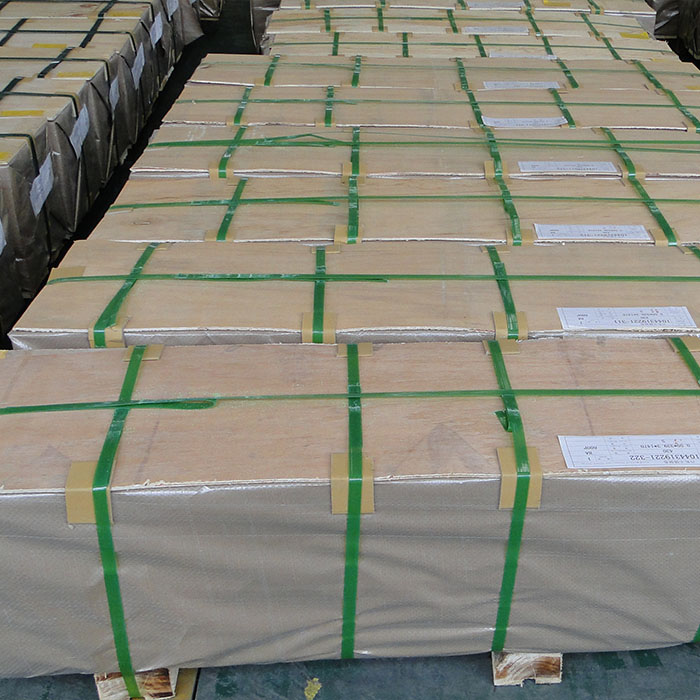

To prevent cracks in stainless steel sheets at the bend, the following methods can be used:
Choose the right material:
Use high-quality stainless steel materials to ensure that they have good ductility and crack resistance. Different types of stainless steel (such as 304, 316, etc.) have different mechanical properties. Choosing the right material can effectively avoid the occurrence of cracks.
Control the bending radius:
During the bending process, increase the bending radius appropriately. Too small a bending radius will increase local stress and easily cause cracks. Generally speaking, the bending radius should be at least 3-5 times the thickness of the plate.
Preheating and post-treatment:
Preheating stainless steel can reduce the hardness of the material, increase its plasticity, and reduce the occurrence of cracks. After bending, proper annealing can also help eliminate the internal stress of the material, thereby reducing the risk of cracks.
Use appropriate bending equipment:
Ensure that the right equipment is used for bending, such as using a CNC bending machine or other special equipment to ensure uniformity and control of the bending process. Uniform pressure can avoid local stress concentration.
Control bending speed and pressure:
Bending too fast or with too much pressure may cause cracks on the surface of the stainless steel plate. It is necessary to control the speed and pressure during the bending process to avoid sudden stress changes.
Use the right mold:
Use a bending mold that meets the requirements to ensure that the bending area is evenly stressed. The mold surface is smooth and the edges are not rough or sharp to prevent uneven stress concentration.
Avoid excessive cold bending:
During the cold bending process of stainless steel plates, avoid excessive bending. Excessive bending can cause material fatigue and increase the chance of cracks. If large-angle bending is required, consider bending with small amplitudes multiple times and completing it step by step.
Regularly check and maintain equipment:
Regularly check the bending equipment to ensure its accuracy and good working condition. Low equipment accuracy or severe wear may cause uneven bending, thereby increasing the risk of cracks.
Through the above methods, the risk of cracks in stainless steel sheets during bending can be effectively reduced, and the quality of forming and safety of use can be ensured.
